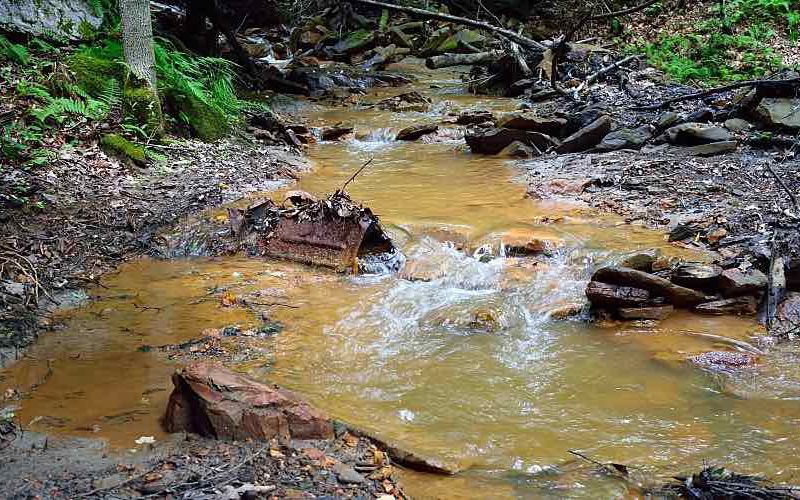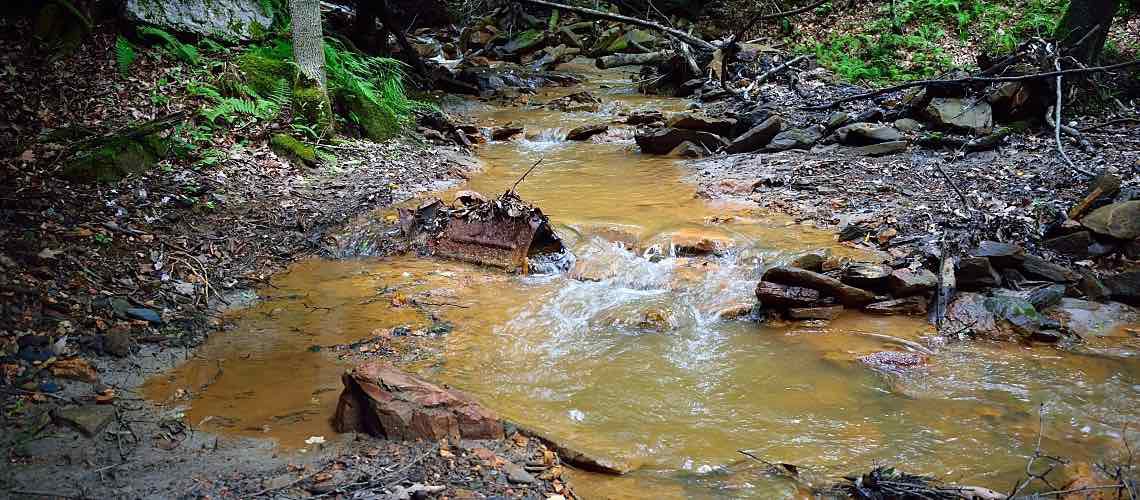Nonpoint Source Pollution Remains the Largest Threat to US Waterways


Water quality in the United States has improved significantly since the signing of the Clean Water Act (CWA) 50 years ago. The bill's provisions halted a large portion of the raw sewage, industrial chemicals, and dangerous metals that once flowed into U.S. waterways. Still, one primary factor has contributed to continuing contamination in many water bodies: Nonpoint source pollution.
According to the National Water Quality Inventory from the Environmental Protection Agency (EPA), 70% of lakes, reservoirs, and ponds and 55% of rivers and streams are impaired by pollutants and do not meet minimum water quality standards. After half a century, there's still no easy way to manage dispersed sources of pollution or their harmful effects on water for drinking, recreation, fisheries, and wildlife.
In this article, we'll take a look at nonpoint source pollutants—what they are, why they're still a threat, how they're being addressed, and what strategies could help to alleviate their impact.
Defining Nonpoint Source Pollutants
Nonpoint source pollutants, as defined by the EPA, arise from many different types of human activity within a watershed. The pollution results from rain and snowmelt picking up natural and human-made substances while it moves over and through the ground. The list of contaminants included in the EPA definition is both diverse and disturbing:
- Fertilizers, herbicides, and insecticides
- Oil, grease, and toxic chemicals
- Sediment from construction sites, crop and forest lands, and eroding streambanks
- Salt from irrigation
- Acid drainage from abandoned mines
- Bacteria and nutrients from livestock, pet wastes, and faulty septic systems
- Atmospheric deposition and modifying waterways
Puzzling Over Regulation
Due to their diffuse nature, it's hard to assess the effects of nonpoint source pollutants on any given water body. But that doesn't change their impact:
- Impaired drinking water supplies
- Harm to fish and other aquatic and marine life
- Toxic algal blooms and ocean acidification
Although the authors of the CWA deliberated over adding nonpoint source pollutants, they struggled to arrive at a mechanism for regulating them, according to E&ENews. The result—the CWA—doesn't address these contaminants to any extent. In fact, the 1977 amendments to the CWA exempted normal farming, ranching, and forestry from acquiring discharge permits for pollutants. For the federal government to take action, Congress would have to strengthen the CWA and close the loophole for diffuse pollution.
Today, Sections 208 and 319 of the CWA do require states to identify nonpoint source pollutants. States then develop best practices to manage activities that produce runoff, including agriculture, forestry, and construction. But that's where the states' work ends. For now, they're not required to enforce the best practices they identify.
Awarding Grants To Combat Pollutants
The EPA encourages activities to prevent nonpoint source pollution in urban environments, mining, forestry, and agriculture. Efforts include improving and expanding waterway monitoring and implementing voluntary actions, like fencing animals out of streams and planting buffer zones to prevent erosion.
Also, 1987 CWA amendments established the Section 319 Nonpoint Source Management Program. Under the program, the EPA provides grants to states, territories, and tribes to reduce the impacts of nonpoint source pollution and improve water quality. Recent projects range from:
- Remediating surface waters to reduce heavy metals from legacy mine sites.
- Decreasing E.coli in recreational waters.
- Limiting excess sediment loading in streams.
- Enhancing habitat and watershed protection.
In recent decades, projects like these have helped restore many water bodies.
Implementing Strategies To Address Nonpoint Source Pollutants
In a paper in Ecology Law Quarterly, University of Missouri researchers recently joined with others in recommending amending the CWA to strengthen regulations around nonpoint source pollution. In addition, the authors advocated for a Safe Drinking Water Act amendment to regulate agricultural pollutants that impact drinking water quality. Combining the two bills could improve raw water intake and water quality for drinking.
For now, nonpoint source pollution remains the single largest threat to clean streams, rivers, and lakes, according to the EPA—and reducing it will have the greatest impact on water quality in the U.S. If regulations ultimately change, water test labs will play a major role in detecting contaminated water and protecting valuable resources for human and environmental health.






